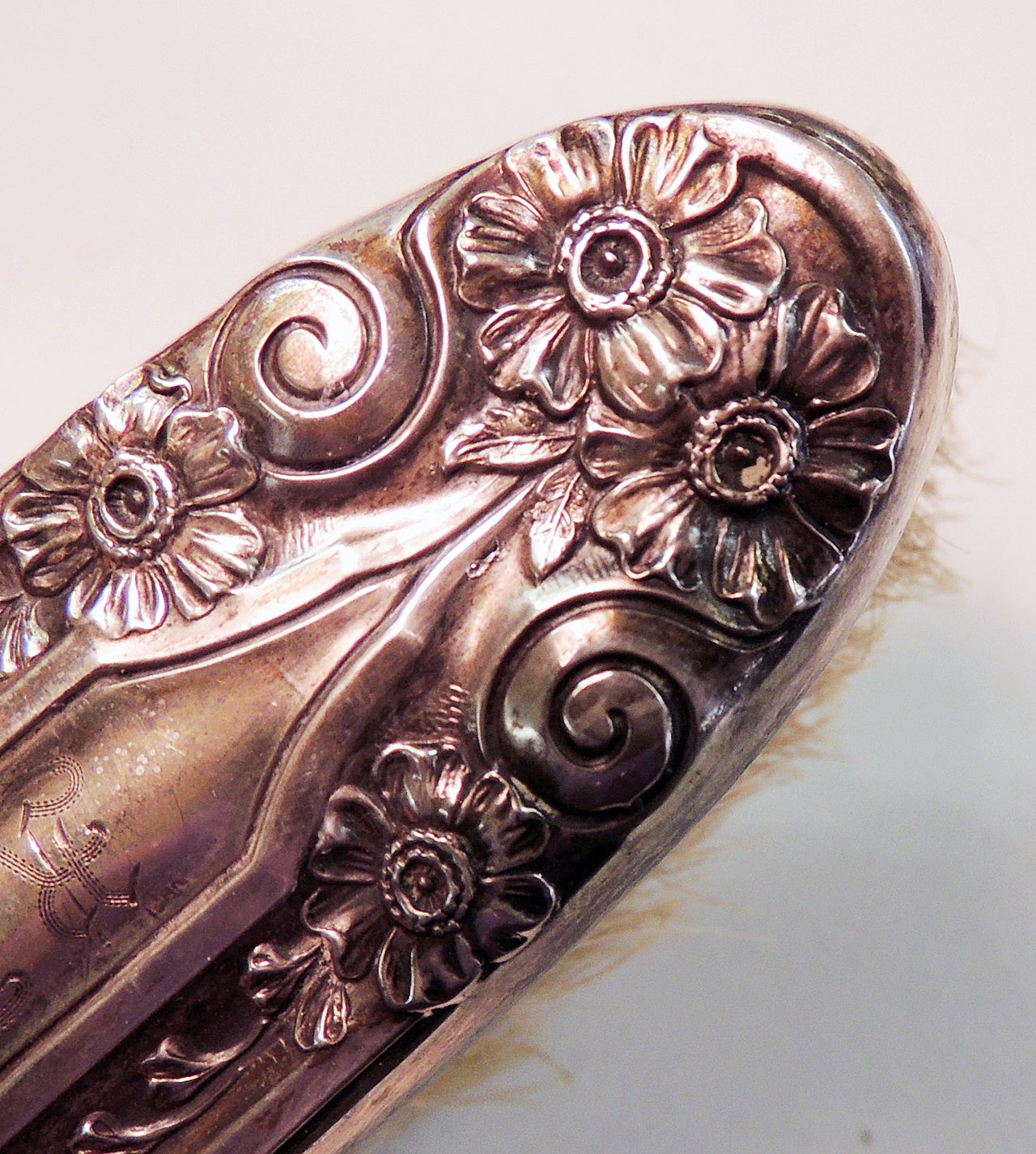‘Treasure hunter’ seeks answer in what should be salvaged or smelted
Published 7:32 pm Friday, November 9, 2018
By JERRY SAMPSON
Personal Effects
Question: Mr. Sampson, I enjoy your articles immensely. My son saves them and I read and save every one of them. I retired from my 40-year career as a chemical engineer four years ago. I loved my vocation but I found that retirement was a tricky slot to fill in my life. I decided on a hobby. I’ve taken it upon myself to be a “treasure hunter,” meaning one that looks for and searches out precious metals for refining or scrapping. I’m always stopping at yard sales, antique shops, pawn shops and the like. In my area there are several massive yearly and monthly flea markets a short drive away. I pour through each of these venues looking for overlooked silver and gold items. I have had some amazing luck. My question to you is not one of what to look for or what types of silver are in the marketplace, but what should be refined? I guess it’s more of an aesthetics type of question, but what should be saved from the smelting pot? I’ve contemplated creating my own refining studio and that will make the window of saving such things even tighter.
Answer: Geeze, I was wondering if and when someone was going to ask me this question. Sadly, it’s a complex one. It depends on the current market situation, what the object is, who the manufacturer is, its craftsmanship and how old or historic it is. So there are lots of variables.
I have a scrap box too. I usually put in there things that are severely damaged, like flatware mangled by a garbage disposal or dishwasher spray arm or a broken, stretched out chain. Things missing parts, like a salt shaker with no top or a teapot with no handle or lid. Items that are cheaply made or are thin in gauge or thickness. It’s a tricky road to travel.
I guess it might be easier to say what you should not scrap. At least give it a chance to survive whole and intact. Sets or collections of pieces: for example, a set of 12 julep cups, 10 goblets, two matching bracelets or a fine set of flatware. They are easier to sell as a set or collection. It may take years and years to get another matching set together.
Understand this now, sleek and clutter-free are the styles that rule in today’s home magazines. However, heavy, fancy sterling sells. And it can sell for good money too! You’ll need to brush up on your knowledge of styles and periods. High-style pieces like Grand Victorian, Art Nouveau, Art Deco and Arts & Crafts items may have more value, far more value than that of scrap silver. Many of these things are works of art, taking someone hours and hours to make just one piece. Early or historic silver: I group English and European silver and American coin silver here. Many makers are highly collectible and can be valuable. Even damaged pieces can have value. Tread carefully here. Fine makers will have a major impact on value. Catchphrases and names like; Tiffany, Buccellati, Cartier, Black Star & Frost and many others. Pay attention.
You know that refining metals to many men and women is a profession. It makes no difference if it’s done in a garage or in a multi-million dollar warehouse, full time or part time. I know many refiners or scrappers who think nothing of hammering flat fine Art Nouveau bowls or Kentucky julep cups. It’s a product that needs to be refined into material and sold. Also bear in mind that a mild or severe uptick in the value of the fine metals market will make many scholars and antiques dealers think twice about scrapping a piece. Let me tell you, if silver does a major jump like it did in 1980 when it went from a paltry $6 a troy ounce to over $49 for a troy ounce, many will be digging through home collections. Who knows, that could happen. Because money does indeed talk and it’s not a whisper.






